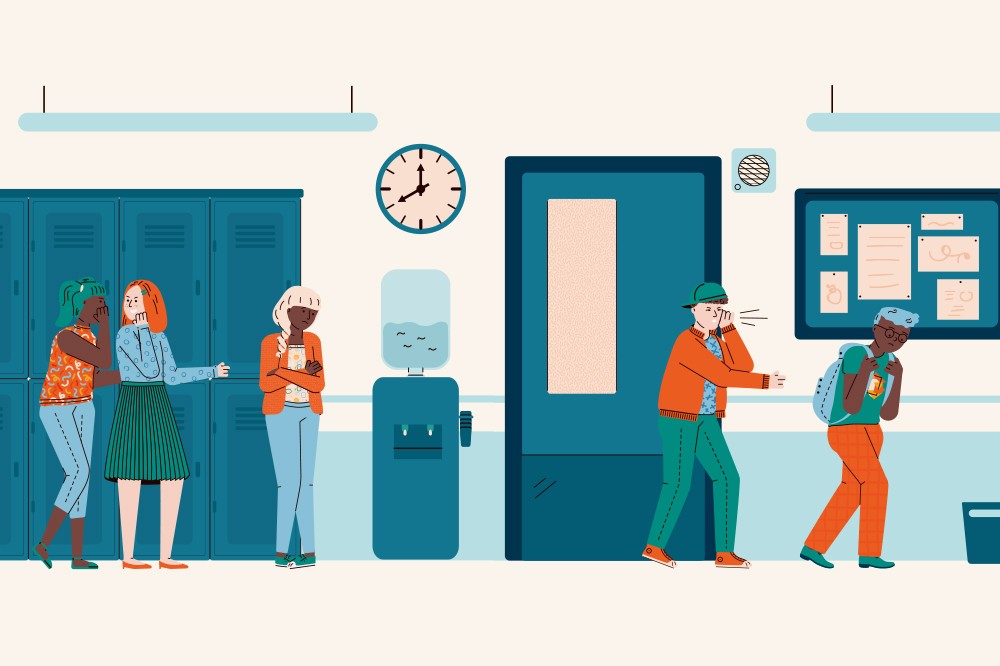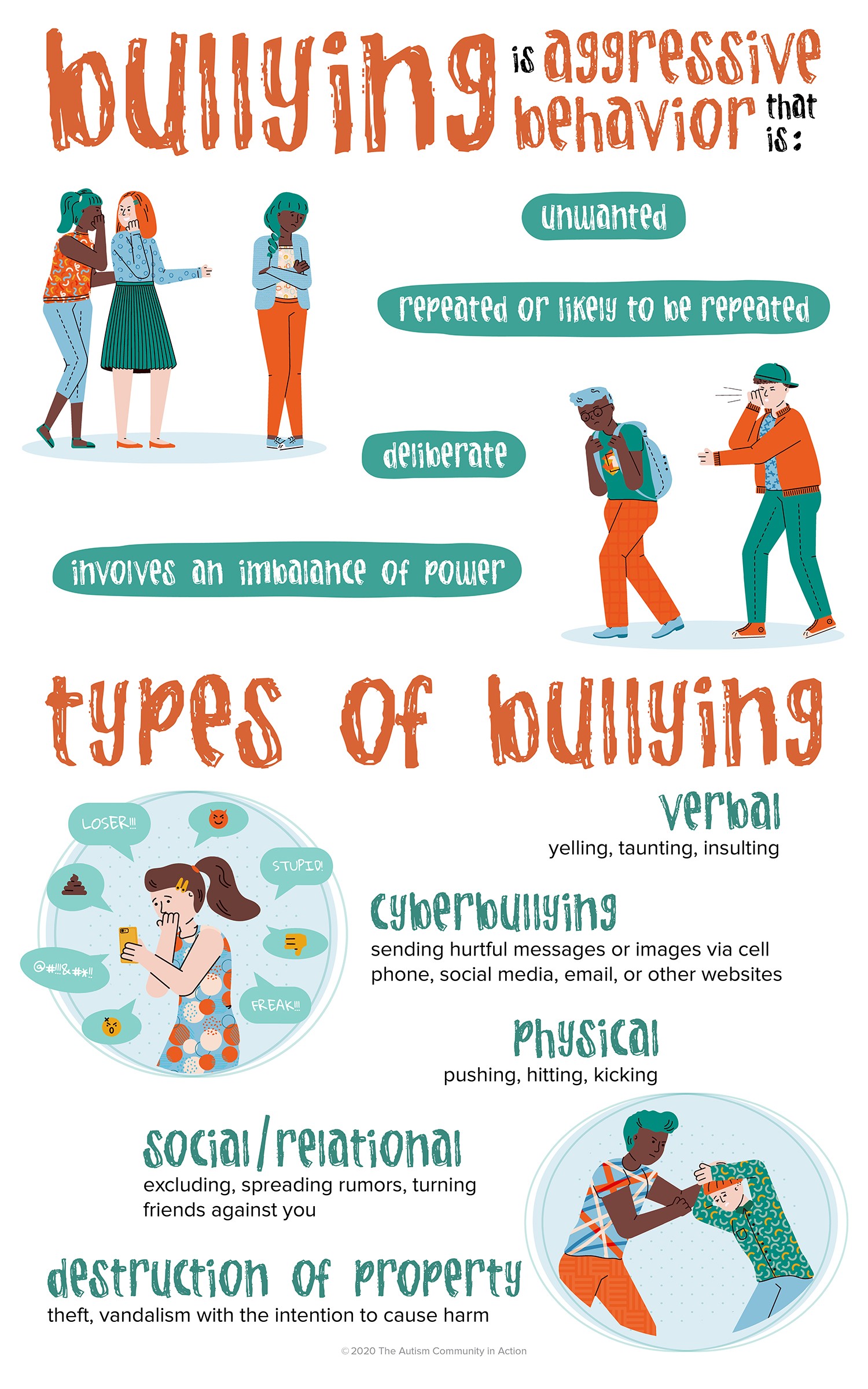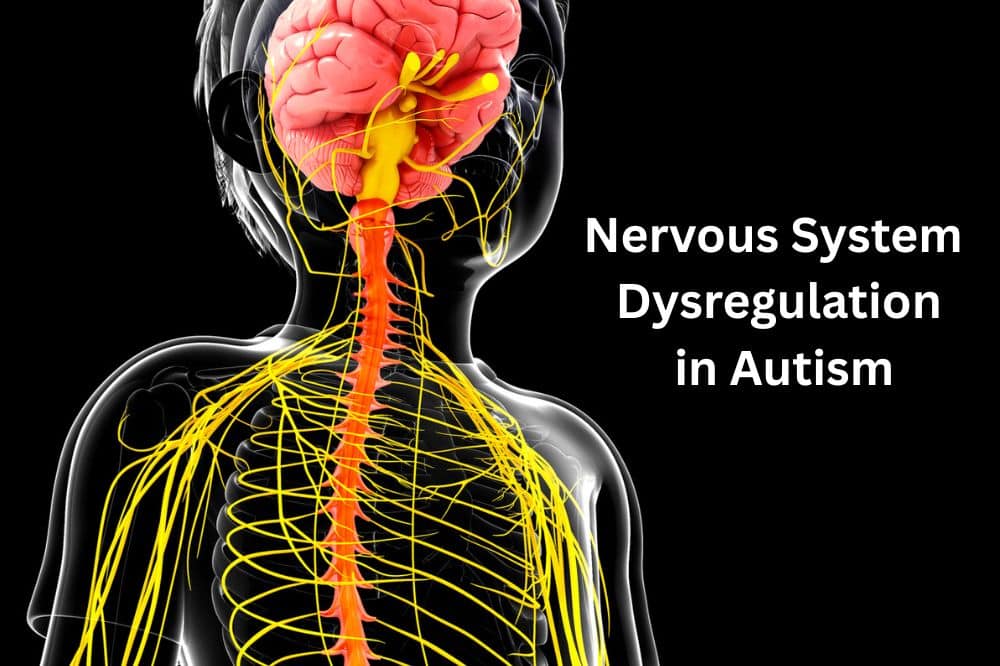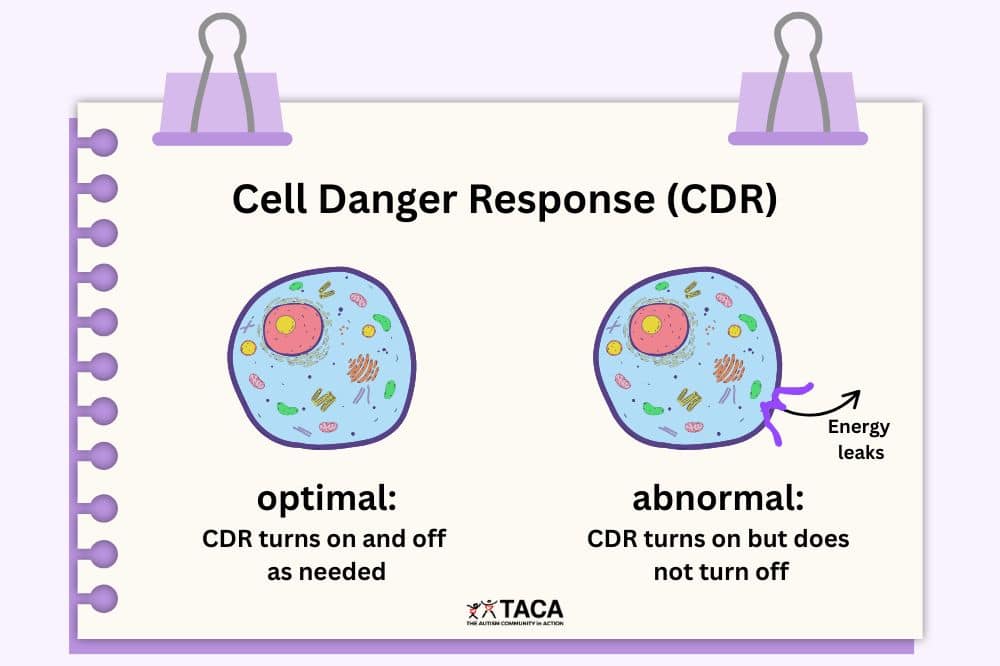Autism and Bullying

All contents of this resource were created for informational purposes only and are not intended to be a substitute for professional advice, diagnosis, or treatment. Always seek the advice of your physician, therapist, or other qualified health providers with any questions or concerns you may have.
Most parents worry about their child being bullied. While statistics vary across research studies, people with autism are undoubtedly victims of bullying at a much higher rate than typical peers.
Definition of Bullying
Although most people recognize bullying when they see it, there are multiple definitions and a lack of legal consensus on the definition.
- The Individuals with Disabilities Education Act (IDEA) does not provide a definition for bullying.
- Therefore, individual schools or districts may have their own definition.
- However, the Office of Special Education and Rehabilitative Services provides a definition per the 2013 Dear Colleague letter as follows:
- “Bullying is characterized by aggression used within a relationship where the aggressor(s) has more real or perceived power than the target, and the aggression is repeated, or has the potential to be repeated, over time. Bullying can involve overt physical behavior or verbal, emotional, or social behaviors (e.g., excluding someone from social activities, making threats, withdrawing attention, destroying someone’s reputation) and can range from blatant aggression to far more subtle and covert behaviors. Cyber-bullying, or bullying through electronic technology (e.g., cell phones, computers, online/social media), can include offensive text messages or e-mails, rumors or embarrassing photos posted on social networking sites, or fake online profiles.”
- Additionally, the CDC defines bullying as repeated, unwanted aggressive behavior(s) that involves an observed or perceived imbalance of power.

Signs of Bullying
Bullying occurs most often when there is a perceived difference between people. Consequently, this leaves people with autism vulnerable to bullying. For example, poor social skills, slower problem solving, and an inability to defend oneself verbally or physically are just a few reasons why people with autism are at a higher risk of being bullied.
Because of this, parents and educators must be able to recognize the signs of bullying in order to intervene early and prevent further incidents from occurring.
The following is a list of warning signs that may indicate your child is being bullied:
- Unexplained bruises or other physical injuries
- Increased anxiety
- New or increased aggression
- New or increased self-injurious behaviors
- Depression
- Thoughts of suicide
- Acting angry, sullen, or having mood swings
- New or increased elopement behaviors
- Complaints of illness or faking illness
- Change in eating habits
- Difficulty sleeping
- A decline in schoolwork or grades
- Loss of interest in school
- School refusal
- Frequent visits to the school nurse or office to avoid going to class
- Lost or destroyed items such as clothing, books, electronics
- Loss of friends
- Avoidance of social situations
School Involvement
Laws That Provide Protection to Students with Autism
In some situations, civil rights laws protect students with autism against bullying. For example, if someone is bullying, teasing, or bothering your child because they have autism, the public school has an obligation to resolve the harassment under federal law. This is because civil rights protections emerge for victims who are targeted because of their race, color, religion, sex, age, national origin, or disability. In such cases, bullying is considered discriminatory harassment, which is a civil rights violation.
Additionally, IDEA provides protections to students with autism against bullying. These protections apply when bullying interferes with a student’s access to FAPE (Free Appropriate Public Education). So, if your child has an IEP/504, federal law requires the public school to intervene if the bullying results in a denial of FAPE.
However, it’s important to note that bullying does not need to overlap with discriminatory harassment to deny your child’s access to FAPE. Rather, the bullying simply needs to interfere with your child’s ability to achieve their academic/IEP goals. For instance, it is reasonable to argue that your child is being denied access to FAPE if the bullying:
- Prevents or inhibits their ability to pay attention in class.
- Interferes with their opportunity to learn with peers in the Least Restrictive Environment (LRE).
- Triggers anxiety/behaviors that adversely impact their academic performance or attendance.
To learn more about federal laws regarding bullying, click here.
Reporting and Resolving Bullying at School
If your child is the victim of bullying at school, immediately send an email to the members of your child’s IEP team to report the bullying and call for an IEP/504 team meeting.
When meeting with your child’s team, prepare to discuss the following:
- Provide details about the bullying, in writing, such as:
- Frequency and intensity of bullying
- Number of students engaged
- Time and location of bullying
- Any changes in the student’s behavior
- Any changes in the student’s emotional state
- Whether or not changes need to be made to the IEP.
- If yes, what additional or different services does your need?
- Please note: the IEP team is responsible for deciding what, if any, changes are needed – not the district.
- Placement: the student should remain in the Least Restrictive Environment unless FAPE cannot be met.
Provide Documentation
When dealing with the school, it is important to know that proving bullying requires documentation.
The following is a list of items that provide evidence of bullying:
- Assessments
- Social-emotional assessments
- Functional behavior assessments
- Mental health services evaluations
- Documentation of progress towards goals
- Progress slowing or regressing may indicate bullying
- Incident reports
- Student documentation
- Use interviews, written statements, or pictures
- Witness statements
- Ask witnesses to write what they observed
Prevention and Education
Ultimately, the goal is to stop bullying behavior before it starts. Even though prevention programs cannot totally eliminate bullying, it is important to remember that actions such as a bystander speaking up, reduces bullying behavior by 50%.
The following is a list of proactive strategies for preventing and confronting bullying.
Parents
- Model kind, respectful, and appropriate behavior at home.
- Talk to your child about bullying:
- What is bullying? Why is it wrong?
- Give examples of both bullying and acceptable interactions.
- Use social stories.
- Here is an example social story about bullying.
- What is bullying? Why is it wrong?
- Role-play situations involving bullies.
- Likewise, practice with your child reporting an incident using their preferred method of communication.
- Arrange for your child to stay near a teacher/supervisor during lunch and recess.
- Set up a buddy system with a trusted peer during recess, lunch, or times of transition.
- Do not send your child with valuables or money.
- Also, don’t forget to build their self-confidence and help them develop friendships:
- Enroll your child in classes, extra-curriculars, or activities geared toward their interests.
- Seek out positive, fun ways to practice Social Skills.
- Help your child develop and maintain a network of support by Facilitating Friendships.
IEP Team
- Include goals for self-advocacy, social skills, and problem-solving in your child’s IEP.
- Provide individual or group counseling.
- Create a plan to monitor and address bullying.
- Remember, the IEP team can only discuss issues and strategies specific to your child. Parents are not privy to actions taken with other students involved in the incident.
- Last but not least, add more or compensatory services to provide FAPE (if needed).
School District
- Create a culture of respect.
- Implement a school-wide bullying prevention program rooted in positive behavior supports.
- Create a voluntary school climate survey for students and parents.
- Revise anti-bullying policies to develop staff protocols in an effort to increase administrative response.
- Provide staff and parent anti-bullying training.
In Conclusion
Bullying is a significant issue within the autism community. Because of this, parents, teachers, schools, and the community must work together to decrease bullying. Ultimately, IEP teams are responsible to take action if the bullying behavior interferes with a student’s ability to access FAPE and/or violates their civil rights.
Resources
- Stopbullying.gov
- PACER’s National Bullying Prevention Center
- Autism Society: Bullying Prevention
- National Crime Prevention Council: Bullying
- Wright’s Law: Bullying and Harassment
- Bully Free World: Special Needs Toolkit




